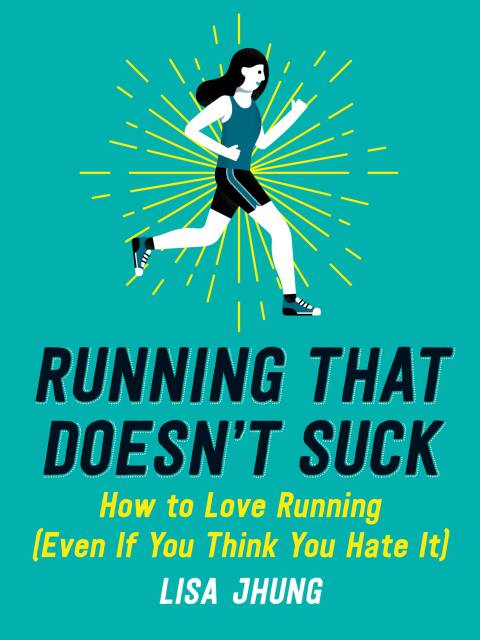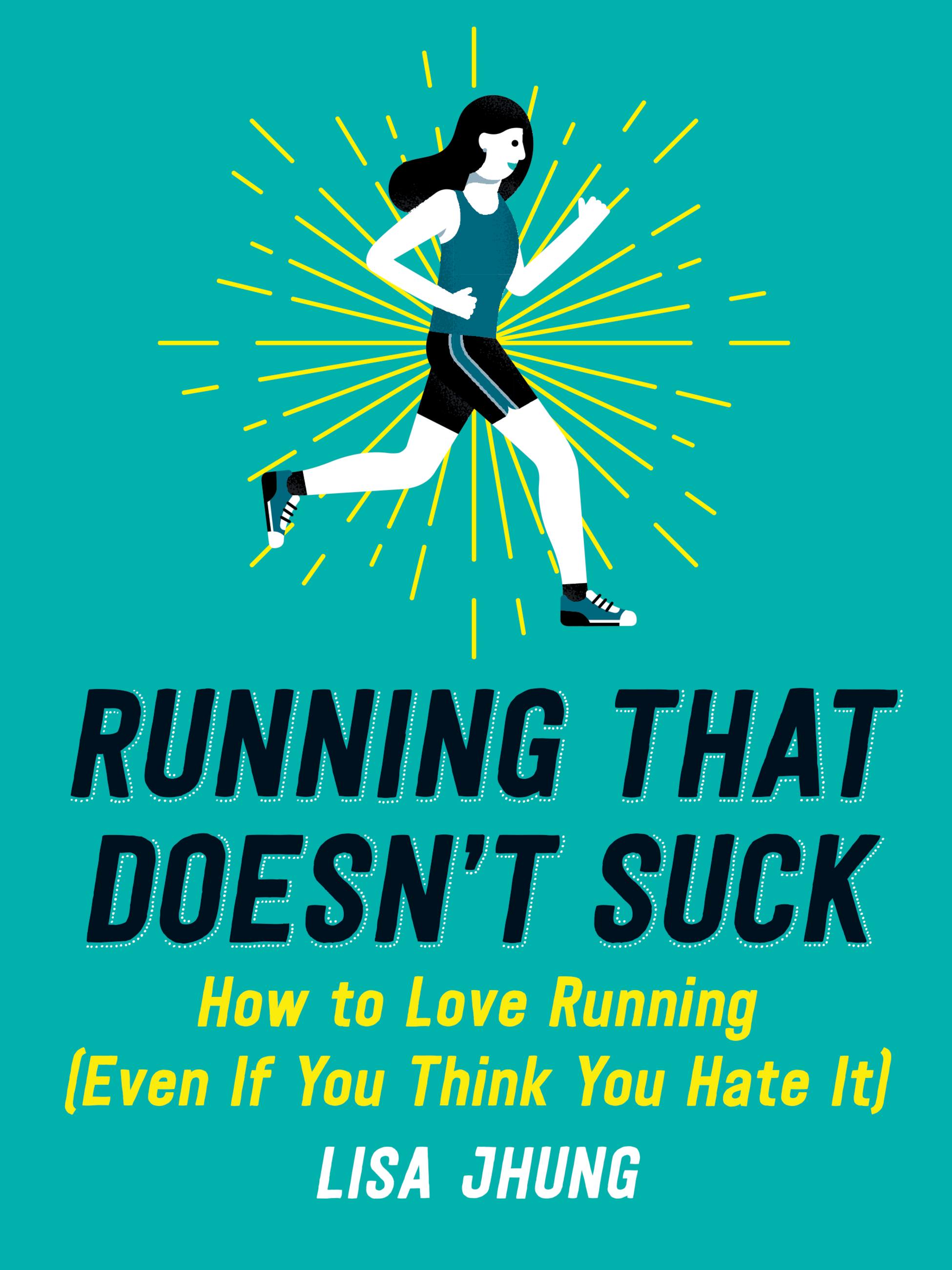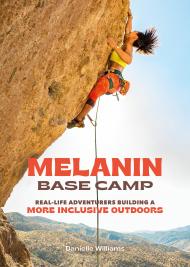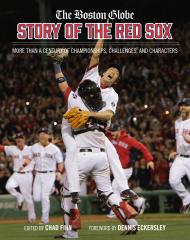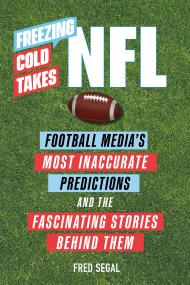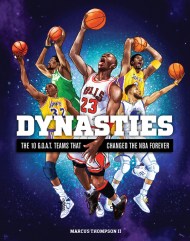Promotion
25% off sitewide. Make sure to order by 11:59am, 12/12 for holiday delivery! Code BEST25 automatically applied at checkout!
By clicking “Accept,” you agree to the use of cookies and similar technologies on your device as set forth in our Cookie Policy and our Privacy Policy. Please note that certain cookies are essential for this website to function properly and do not require user consent to be deployed.
Running That Doesn’t Suck
How to Love Running (Even If You Think You Hate It)
Contributors
By Lisa Jhung
Formats and Prices
- On Sale
- Jul 9, 2019
- Page Count
- 240 pages
- Publisher
- Running Press
- ISBN-13
- 9780762466726
Price
$11.99Price
$15.99 CADFormat
Format:
- ebook $11.99 $15.99 CAD
- Audiobook Download (Unabridged)
This item is a preorder. Your payment method will be charged immediately, and the product is expected to ship on or around July 9, 2019. This date is subject to change due to shipping delays beyond our control.
Buy from Other Retailers:
We’ve all side-eyed the chipper runners jogging by in their short-shorts and “Fun Run”-finisher tops and felt a little envious. How do they get out there and do it every day? How did they become Runners? Though it’s theoretically one of the most natural sports for humans, the general response to running tends to be, “It’s hard. It sucks. I wish I could do it.”
If you want to enjoy running, this helpful and humorous guide will get you started, keep you going, and teach you to “embrace the suckiness” (Hint: You don’t have to run at 6 a.m. and you definitely don’t have to wear short-shorts). You’ll also find body maintenance tips, nutritional guidance, and running etiquette pointers. And, when you’re feeling discouraged, Jhung’s down-to-earth advice will help you stay motivated and confident.
With smartly organized chapters that you can read in any order, this book includes insights from professional runners, sports psychologists, coaches, physical therapists, and Jhung’s own two-decade writing and running career. Whether you’re looking for inspiration or setting specific goals, this book has everything you need to get hooked on the sport.
-
"Jhung doesn't promise that running will turn you into a euphoric gym bunny....She says it won't suck. And it didn't. At no point did I feel talked down to or foolish; the whole tone is very friendly and you truly get the sense that Jhung is on your side."Healthista
-
"Appropriately enough, Running That Doesn't Suck is a book that doesn't suck. In fact, it is the opposite of sucky-a punchy, perfect blend of wit, inspiration, and nitty-gritty tips and advice, delivered in plain English. Lisa Jhung comes across as a guru, a coach, a cheerleader, and your favorite running buddy, all rolled into one."Mark Remy, creator of DumbRunner.com and author of The Runner's Rule Book
Newsletter Signup
By clicking ‘Sign Up,’ I acknowledge that I have read and agree to Hachette Book Group’s Privacy Policy and Terms of Use
